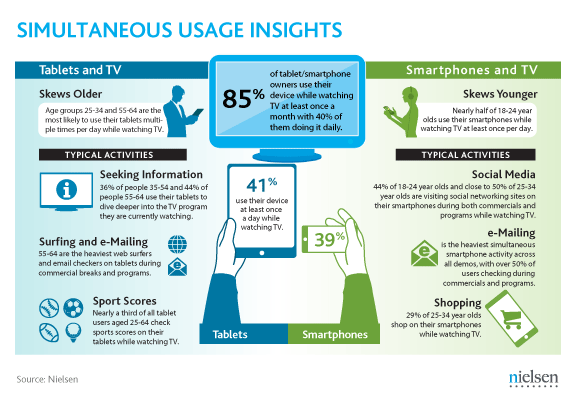The rise of the tablet

Before long, everyone will own a tablet. This means new opportunities as well as new challenges for marketers.
I’m not an early adopter. I let other folks experience first-generation electronics to pave the way for me. I wait to hear a little more, watch the products and read reviews to make completely sure of any new purchase.
But this past Christmas, I was starting to feel left behind. Young children were walking around with iPads. So we added not one, but two tablets to the Qualls household. And we’re not alone; lower-priced tablets further fueled tablet adoption at the end of 2012. More than half of the students in my daughter’s first-grade class received a tablet for Christmas. According to a CEA survey, nearly half of online consumers said they expected to purchase a tablet within the next two years and it was the number-one “most wanted gift” this past holiday season.
The rapid growth of the tablet market is mind-boggling. Much of the talk seems to be about Apple’s dip in market share among tablets, but the larger story is that overall tablet market penetration is skyrocketing! According to International Data Corporation (IDC), the tablet market is expected to hit 165.9 million units in 2013, up from 117.1 million units in 2012. IDC also predicts that the tablet market will hit 261.4 million units by 2016.
Before long, everyone will own a tablet. And according to Nielsen, 85% of U.S. tablet owners use them while watching television. This graphic from Nielsen illustrates simultaneous tablet/TV usage.

So what does this mean to advertising? It means a lot of potential … and some major challenges. TV shows are some of the best promoters of the “second screen” experience; they drive traffic to mobile apps and social media outlets via on-air prompts. Tablet advertising is in its infancy so many of the natural barriers are in place. The space is priced at a premium even though it’s a challenge to measure the reach. Publishers are hesitant to provide solid readership numbers for their digital properties, and currently there is no third-party measurement option. Plus, while tablets allow for greatly enhanced advertising units, the reality is that current budgets don’t allow for the increased development efforts. So we most often see a repurposed print ad in the electronic format, not using the space to its full potential.
As with online advertising, these kinks will work out in time. I’ll be watching and waiting.
Sign up to receive our industry trends newsletter:
